The internet, just like the human race, continues to evolve. For those who were born in the 1990s, you’ve had the delight of watching the almost mesmerizing way the internet has changed from what it was to what it is now. And now, the buzzword is web 3.0, which probably has many people confused. If you belong to this class, then sit tight because this article is the final resource you’ll ever need about web 3.0.
A little bit of history shows that the internet created by Tim Berners-Lee was meant to be an interconnected computer system for scientists to share experiments. In his words, the internet was to be “a collaborative medium, a place where we all meet and read and write.” “We all” in his statement here meant scientists like himself. This internet came to be known as Web 1.0.
Web 1.0 was soon followed by web 2.0, which is the internet as we know it today. This was the more inclusive internet. The internet that allowed regular people like you and me to contribute to the internet, build stuff on it, and share stuff on it too.
And now, talks have begun to fill the air that the internet as we know it is about to evolve once again. The people spearheading this evolution are calling it web 3.0. They say that web 3.0 is the future of the internet and that we are gradually getting into it. But you’re probably there wondering, “what’s the big whoop?”
In this piece, I will synthesize the past, the present, and the future to tell a compelling story about web 3.0.
Now, as was said in the 1965 movie Sound of Music, “let’s start from the very beginning.”
Web 1.0
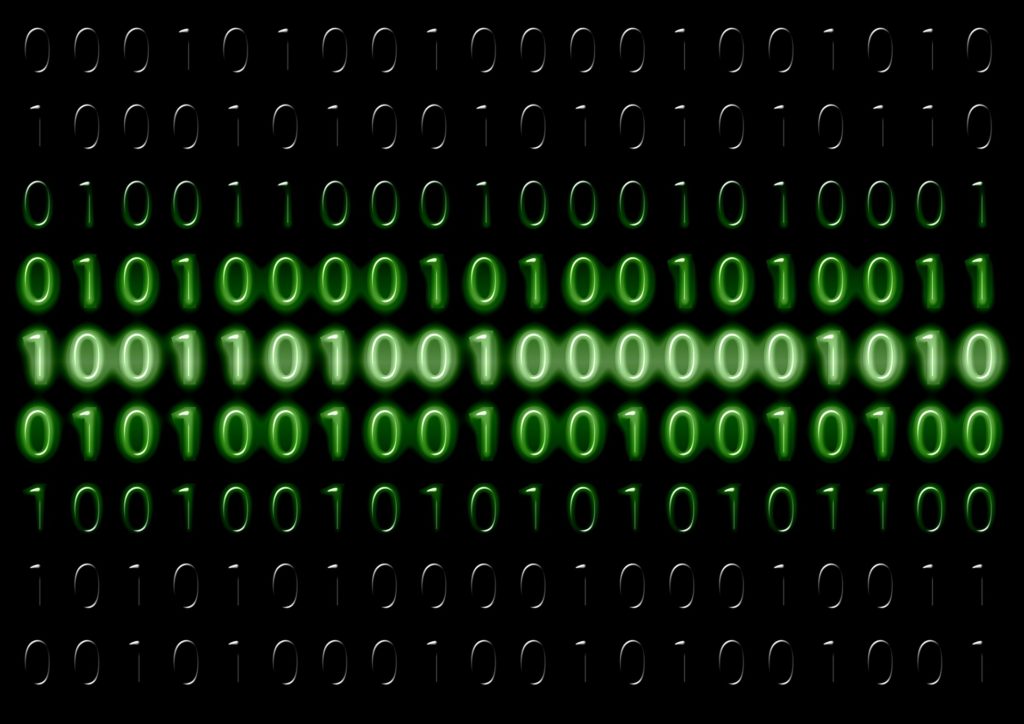
In the beginning, there was an internet. Some believe this stage of the internet known as web 1.0 or the static web lasted from 1989 – 2005. It was created as a science project for scientists to meet and discuss and share ideas but was dominated by directories like AOL, Compuserve, Yahoo, etc.
This stage of the internet is called the static web because it was not as interactive as what we have today. There were few content creators and users only consumed content which was relatively difficult to find.
Obviously, surfing the internet was not fun as it is today. There were no algorithms to sift pages and make information readily available. So, you had to sit for hours on your computer searching for the information you needed.
To really have an idea, imagine the internet without browsers. That was what web 1.0 looked like until Netscape launched its web browser in 1994, giving web 1.0 a new dimension. What followed this launch was known as the dot-com boom when businesses started adopting the internet and a lot of them went online.
This launch set the stage for web 2.0.
Web 2.0
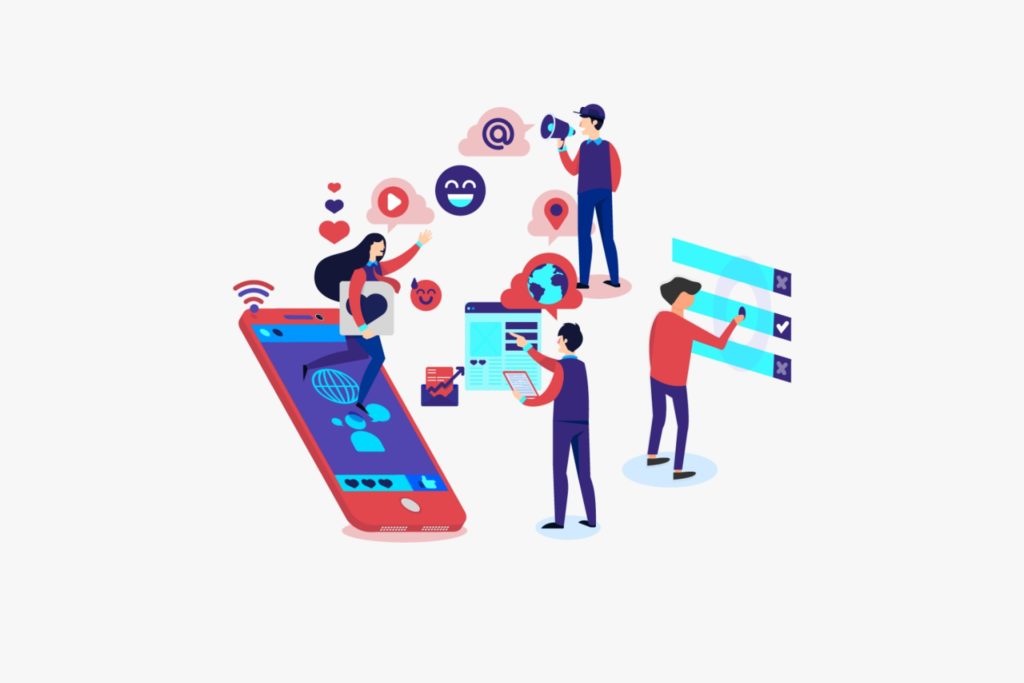
The name Web2.0 was coined by Darcy DiNucci. But it did not become popular until it was promoted by John Battelle and Tim O’Reilly. According to them, web 2.0 introduced “Web as Platform.”
Here, software applications are built on the web as opposed to on the desktop.
On this platform as described by O’Reilly and Batelle, content creation was done by user participation. The created content would then be made accessible to millions of other people around the world virtually.
If you visit websites in web 1.0, you will notice a clear difference. In web 2.0, the focus is now on user interaction rather than the bland web pages in web 1.0. Websites now have appealing interfaces to improve navigation. Those who met web 1.0 probably wondered how they ever survived with such bare-bones facilities after meeting web 2.0.
Mobile internet access and the development of social networks made web 2.0 what it is today. The internet left the confines of the PC and could now be carried around in pockets. The development of powerful and advanced mobile devices, like the iPhone and other Android devices, made this possible.
User-generated content has made data important, especially personal data. The internet is becoming intelligent by the day with the development of artificial intelligence. And data is now more than ever being tailored to user preferences. For instance, think about how uncanny it is that YTM is able to suggest a song they think you’d love based on your activities. And guess what? You actually love it! It’s quite crazy when you think of it.
As the internet gets more intelligent, we are getting closer to the next generation of the internet – web 3.0. The next section explains what this concept is about and why you should care.
What Is Web 3 .0?
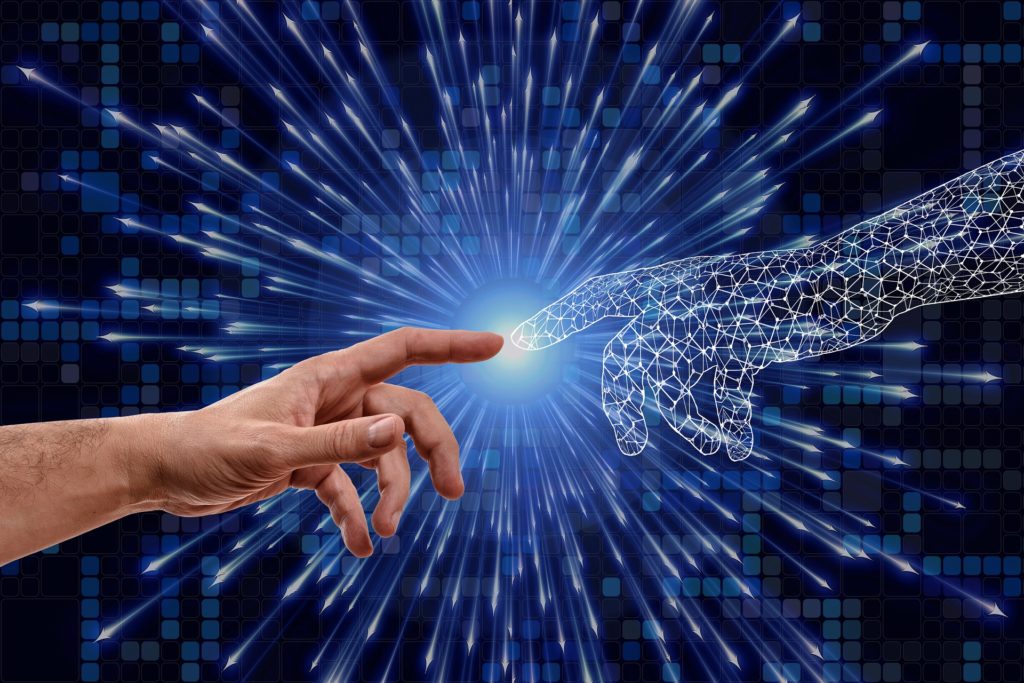
The name web 3.0 was coined by Ethereum co-founder, Gavin Wood.
Web 3.0 is a decentralized internet without servers. It allows users to control their own identity, the data they generate, in short, their web destiny. This they do without any third-party interference or central authority.
Let us look at it this way.
We will use TikTok as an example. The videos you create in the app are stored in it and you have limited control over your data. The company can decide to use your data as it pleases them without your permission. This is known as centralized data storage. And there has been a battle between governments and “big tech” over how users’ data are protected and used.
Apparently, big tech companies haven’t exactly been saints. And there have been cases of antitrust and monopolistic practices leveled against them many times. But that’s not our focus today. Back to web 3.0.
What web 3.0 aims at doing is decentralize web usage. This will take control away from third parties like Facebook (Meta), Twitter, etc. This way, content creators like you and I will have more control over our data.
Web 3.0 Vs Web 2.0
One of the drawbacks of third-party control in web 2.0 was witnessed recently when Facebook (now Meta) suddenly went down. This was only possible because there was a central body in control, Facebook (Meta).
In contrast, web 3.0 users do not need a central authority to use the web since it will be decentralized. We will each have a single social account that isn’t limited to any platform but enables us to move freely across social platforms. This takes control away from big tech, meaning that Meta can no longer go MIA on us in web 3.0 as it did in web 2.0.
In web 3.0 according to Ethereum co-founder Gavin Wood, “how you use web 3.0 won’t look different than how you use the internet though.” It will just be an upgraded version of web 2.0. So, don’t worry, it’s not going to require a steep learning curve. Sure, some things will change but web 3.0 won’t be unrecognizable. In fact, it’s already here, not fully, but definitely present.
In my opinion, the development of blockchain technology was the miracle web 3.0 needed to gain traction. The popularity of web 3.0 has grown alongside that of blockchain as it provides that open, decentralized, and trustless platform that powers web 3.0.
Many years ago, it was Satoshi Nakamoto’s dream to create a currency that is safe, secure, and not under the centralized control of the banks. And now, it is the dream of web 3.0 to create a safe, secure democratized internet that is not controlled by any central authority.
Defining Features of Web 3.0
Decentralization
In web 3.0 we will say goodbye to the days of centralized servers and huge databases. Information would be stored in multiple locations concurrently. In addition to this, the creator of content in web 3.0 will own and control their data. So, data generated by a user in web 3.0 will be more like an NFT.
Trustless
Web 3.0 applications will run on a combination of blockchain and peer-to-peer networks which allows users to interact directly without the need for a third party. So, direct messages will be between the two parties and there won’t be any fear of losing your chats or someone interfering with it without your knowledge.
Permissionless
The removal of the third party means you won’t be needing any authorization to use the web.
Artificial Intelligence
Artificial intelligence and machine learning will make web 3.0 computers smarter and produce faster and more relevant results.
The Internet of Things
Connection to the internet in web 3.0 would not be limited to only computers and smartphones. A lot of everyday devices will be connected to the internet.
Security and Privacy
In web 3.0, you own your data. There is no fear of antitrust or a breach and you are in control of your data.
3D Graphics
Images in web 3.0 will be in 3D. Some call it the spatial web because in web 3.0 the line between the real and the virtual will be blurred with high-resolution graphics and even virtual reality.
Web 3.0 fits with another vision of the internet’s future known as the metaverse. As you probably already know, the metaverse is a collection of virtual realms where avatars of real people live, work, socialize and carry out everyday activities.
In fact, web 3.0 and the metaverse share a lot of similarities that it is debatable if they are the same or different.
For those who say both are the same, their argument is that web 3.0 and the metaverse are decentralized, trustless, open, and embrace artificial intelligence and machine learning. They also run on blockchain, peer-to-peer technology, and there is the promise of users being able to monetize them.
Others argue that web 3.0 and the metaverse are different in that the former is more definitive and concrete. They explain that web 3.0 gives solutions to the shortcomings of web 2.0 and might likely replace it. In comparison, the metaverse is quite vague and speculative because it still looks more like a daydream and has not taken any concrete form yet.
Personally, I believe that both ideas augment each other. At the core of it, web 3.0 is a building block of the metaverse, thanks to the decentralization benefit it brings to the table. So, considering that, you could say that there can be no metaverse without web 3.0. But that is only one side of the story. There are still many other angles to consider when we talk of web 3.0 and the metaverse. Unfortunately, I won’t be going into that today.
I will round off with this question, though…
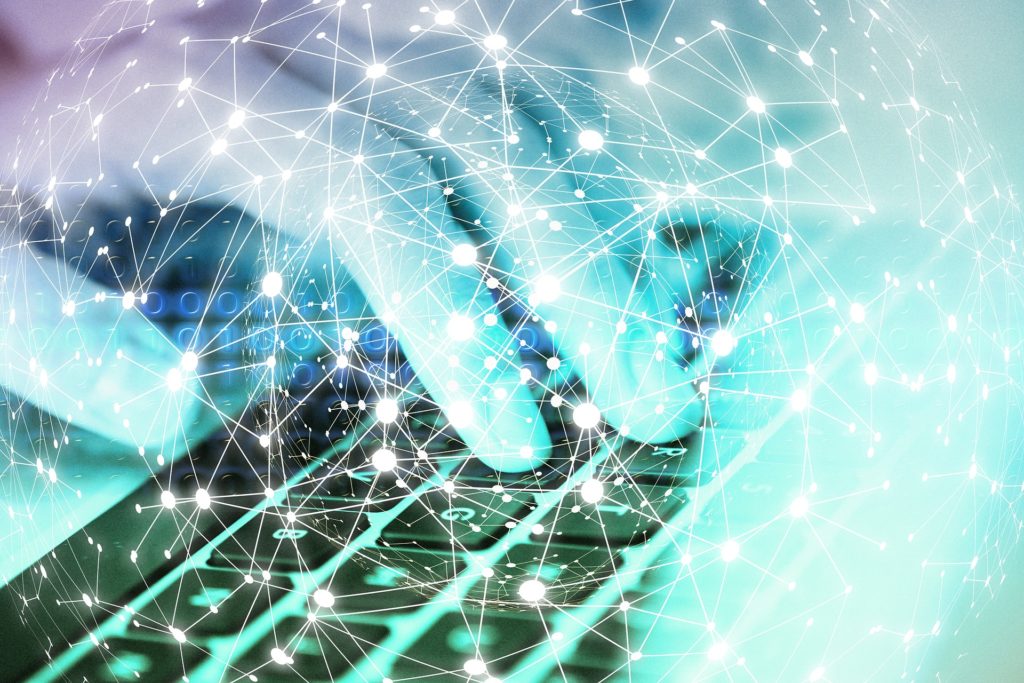
Will Web 3.0 Make Web 2.0 Obsolete?
Well, honestly, it is hard to tell. And if we’re being very practical, it might even be impossible. “Might” being the operative word, seeing as almost anything is possible these days.
But the truth is that there are some products that are just better off on web 2.0 than on blockchain. Centralization actually does work, if we are going to be completely honest. Think of platforms like Twitch, Discord, Uber, DoorDash. These apps are more effective off the blockchain than on it.
Even OpenSea, Coinbase, and the likes which help to facilitate blockchain transactions are centralized systems. So, the relationship between web 3.0 and web 2.0 is more intertwined and complicated than we think. I do not think they will ever be completely rid of each other but I’m sure pumped to see all the many ways their relationship evolves in the future.
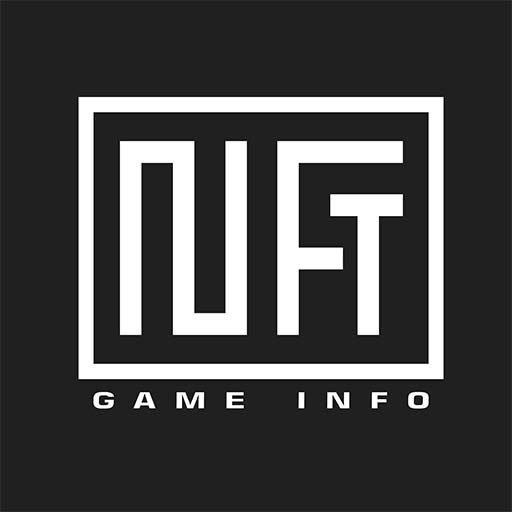
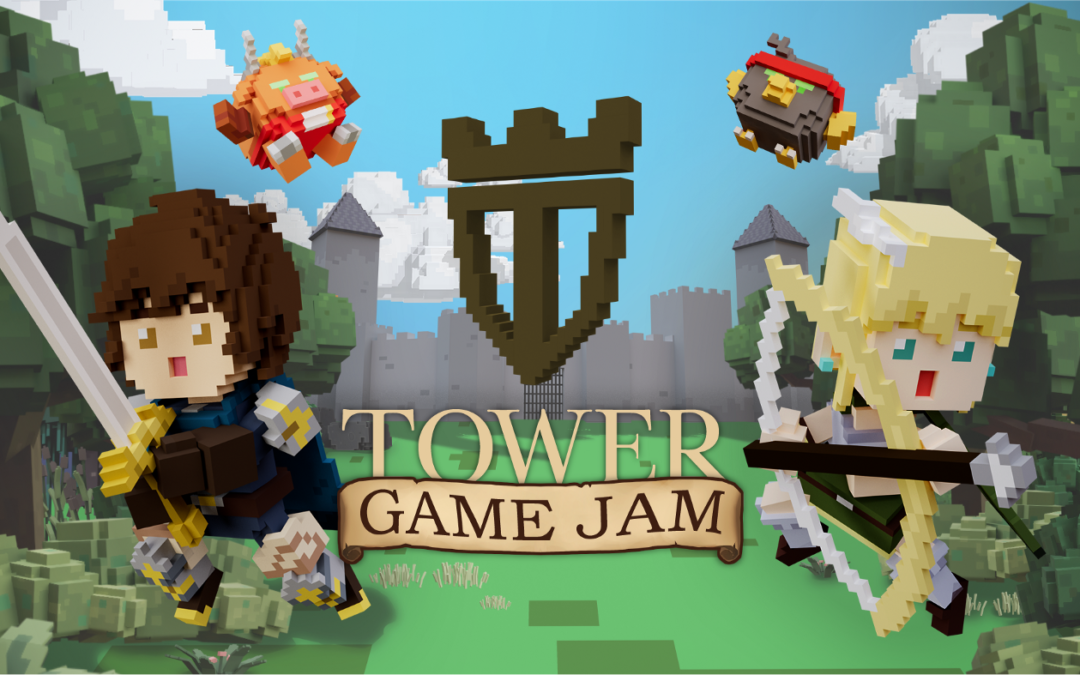

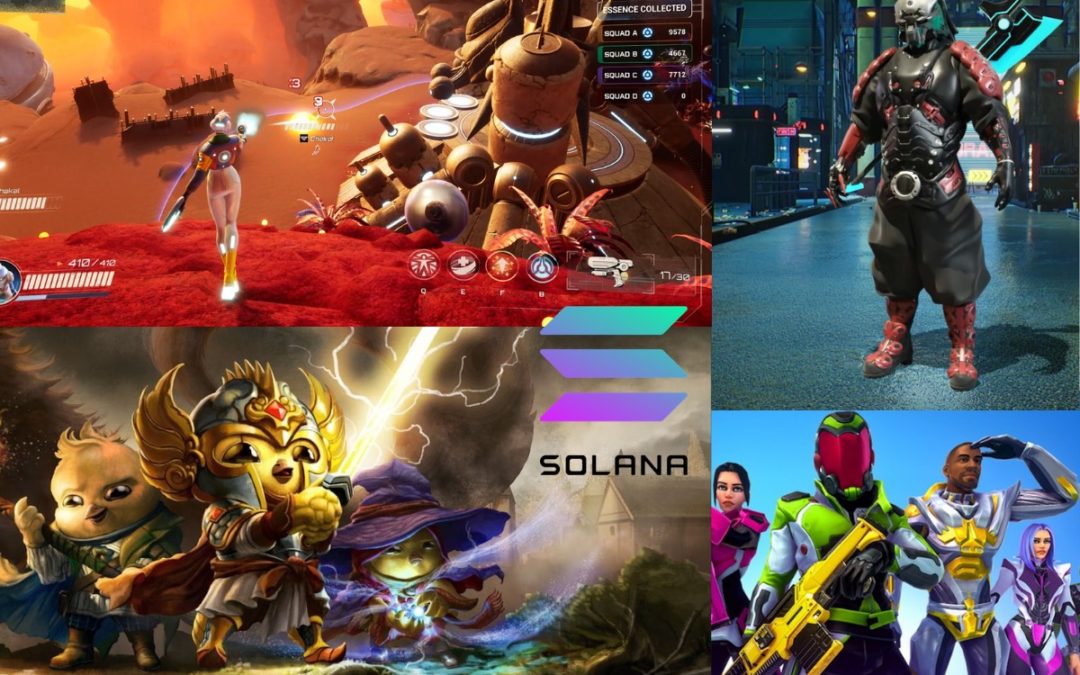
0 Comments